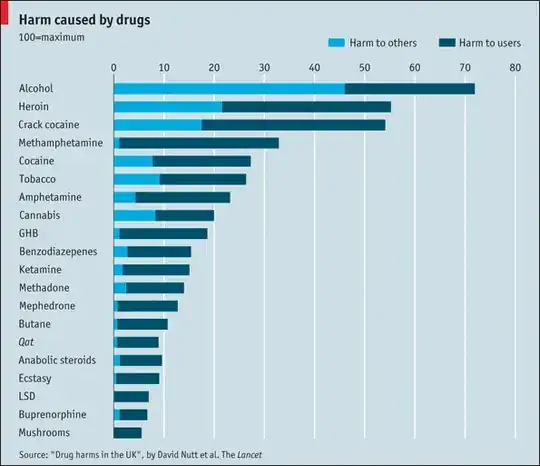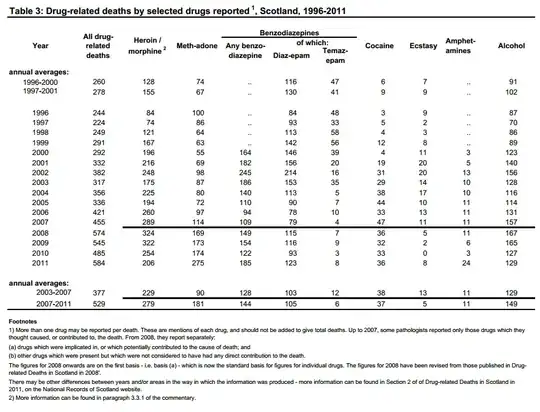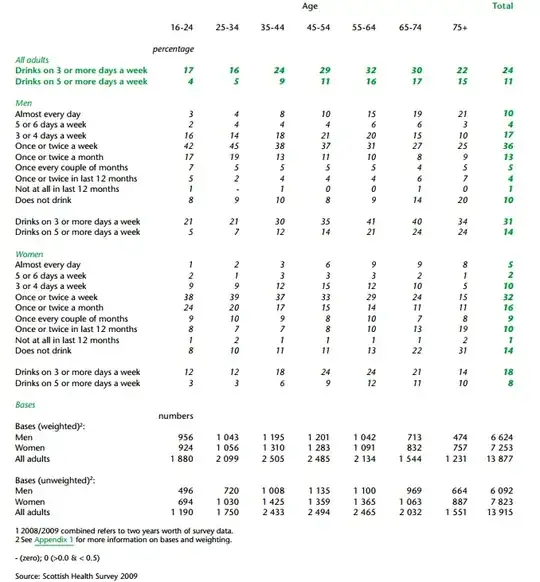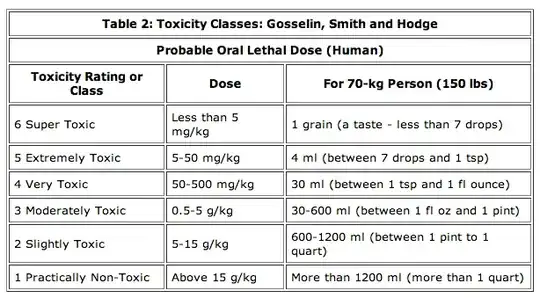I am posting a separate answer to address more specifically the toxicity issue and the issue of misrepresentation of research data which I think is very pertinent to this question and to Skeptics in general.
Nellius brought my attention to the introduction of the Wikipedia LSD article:
Even reading the first paragraph of
the wikipedia article on LSD (which
has 112 references, most of which are
academic and peer reviewed) will
explain LSD to you in simple terms:
"LSD is non-addictive, is not known to
cause brain damage, and has extremely
low toxicity relative to dose,
although adverse psychiatric reactions
such as anxiety or delusions are
possible even at low doses."
Sounds pretty safe, doesn't it? Looks like the matter is closed and fully answered. After all, 112 academic & peer reviewed references couldn't be wrong.
Not quite. A closer look at the Wikipedia article shows that only 1 out of 112 references directly concerns LSD toxicity.
http://www.maps.org/w3pb/new/2008/2008_Passie_23067_1.pdf
Now, what does that reference say? (A paper very much in favor of LSD, BTW)
There have been no documented human
deaths from an LSD overdose. Eight
individuals who accidentally consumed
a very high dose of LSD intranasally
(mistaking it for cocaine) had plasma
levels of 1000–7000 μg per 100 mL
blood plasma and suffered from
comatose states, hyperthermia,
vomiting, light gastric bleeding, and
respiratory problems. However, all
survived with hospital treatment and
without residual effects [56].
Let's read this again. Plasma levels of 1mg to 7mg per 100mL caused comatose states. An average human body contains 2.7l to 3 L of blood plasma. Assuming they were big guys with 3L of blood plasma each, we can deduce that the total quantity of LSD in the plasma was between 30mg and 210mg.
So less than a gram of LSD each was enough to put 8 men (or women, the reference does not specify) in a comatose state with serious respiratory problems.
They survived the hospital treatment. Would they have survived without hospital treatment? Would they have survived 2 grams of LSD?
As a matter of comparison, the lethal dose of arsenic is 0.6mg/kg/day. So for a 80kg adult, the lethal dose would be 48mg.
Slice it or dice it anyway you like, LSD is a highly toxic substance. It is NOT a "safe" substance by any stretch of imagination.
I very much agree that psychotropic effects of LSD are much more dangerous than the physiological effects. They can make a sane person clinically mad for a period of 12 hours.
But calling LSD "safe and non-toxic" is like calling arsenic "safe and non toxic". It's a lie.
In regards to the comparison between LSD and alcohol, the comparison is not valid, on any level.
Alcohol and LSD are two chemical substances that can have mind altering effects. There ends the similarity.
The effects are different, the consequences are different, the dosages are different, the social context and the infrastructures are different,...
An artificial comparison is made with alcohol in an effort to make LSD appear safer and more acceptable. It's a marketing effort, but has no valid scientific grounds. You can only compare meaningfully things which are sufficiently related. Alcohol and LSD are to different for a side by side comparison.
You want a comparison between alcohol and LSD? Fine. Here you go:
1 mg of LSD will put you in a comatose state and probably kill you without medical intervention.
1 mg of vodka intake barely has any noticeable effect.
A 100µg p.o. dose of LSD will trigger a psychotic state complete with hallucinations that will last about 10 hours.
A 100µg dose of alcohol... you're kidding, right?
Bottom line is that the comparison between LSD and alcohol is not valid. It is just a marketing attempt for LSD.
And since we are on Skeptics, remember that there is a point in figuring out where your data come from and whether or not these data sources had vested interests. That a substance with toxicity levels close to that of arsenic is listed as "safe and non toxic" in Wikipedia and on drug-friendly sites should be a major red flag.




